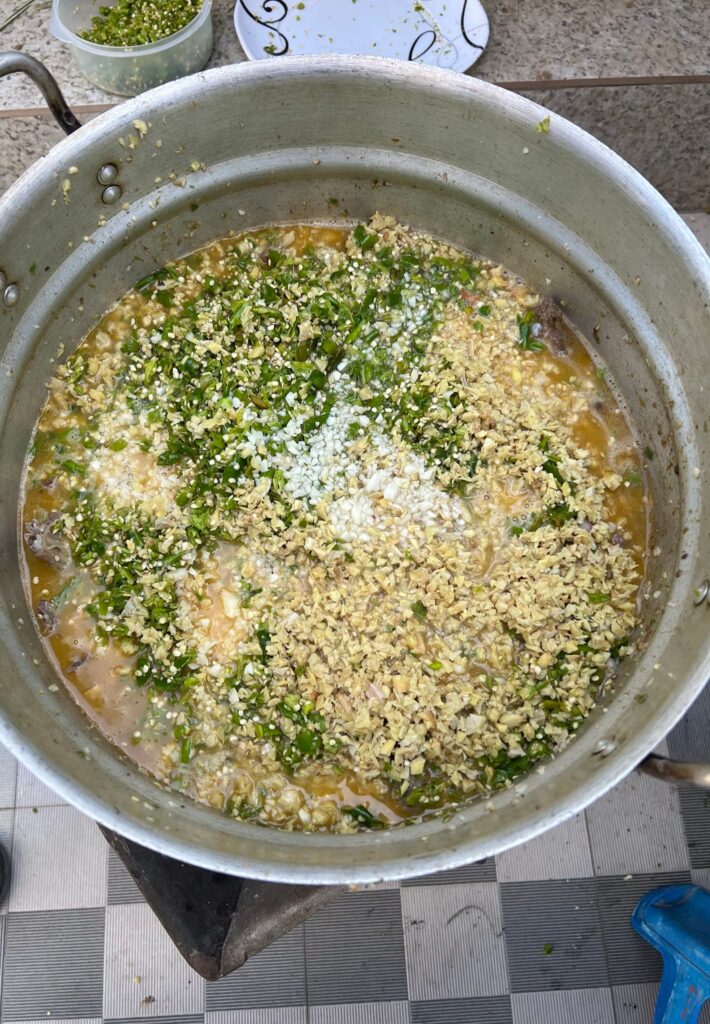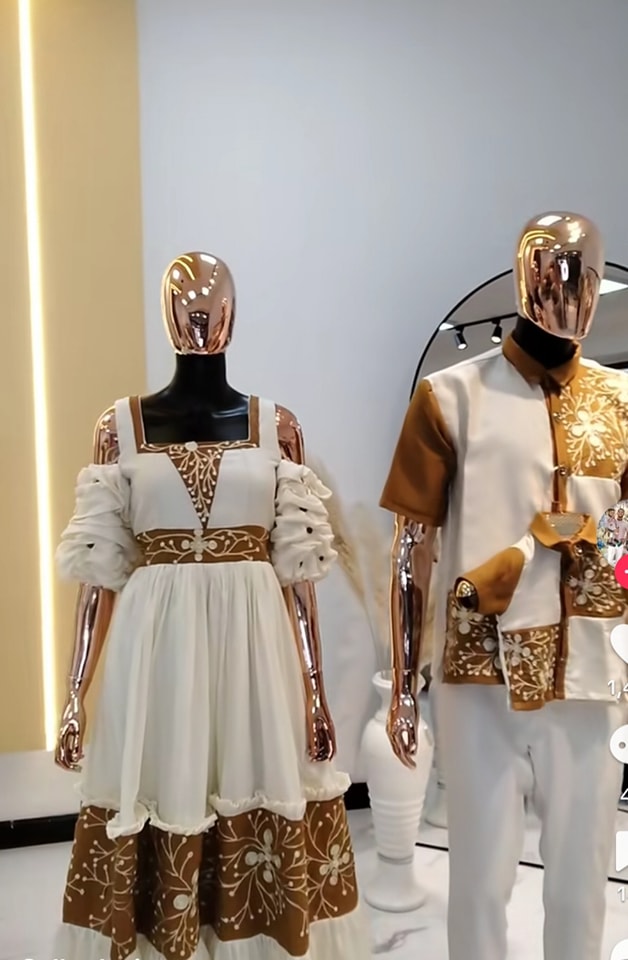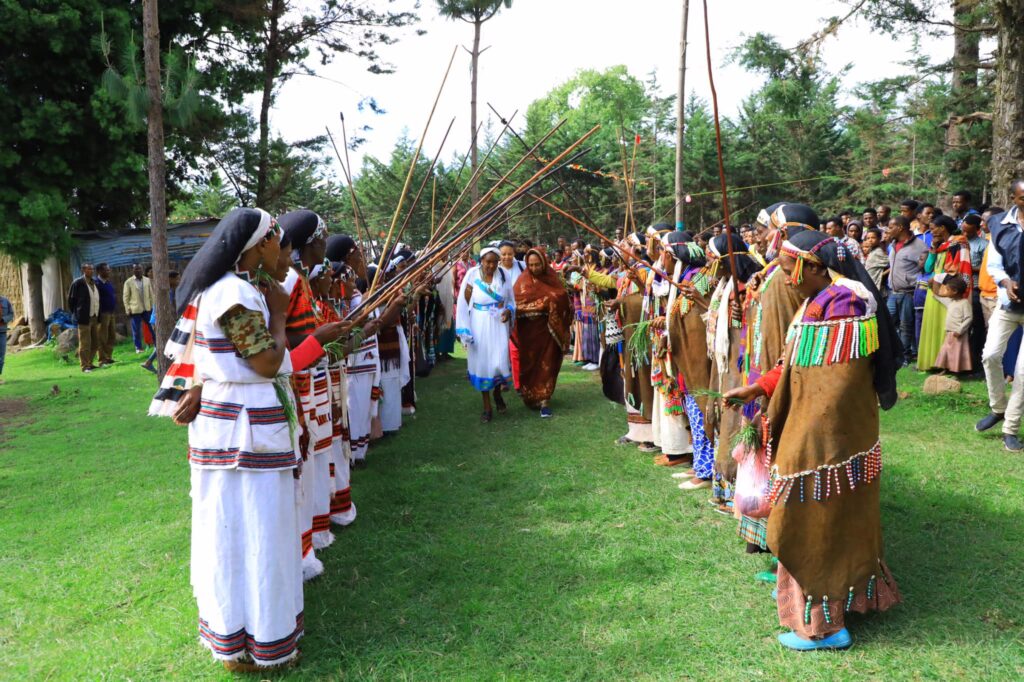Introduction
The Oromo people are one of the largest ethnic groups in Africa, predominantly found in Ethiopia. Though they are also found in other countries. Known for their rich cultural heritage, unique language, and deep-rooted traditions, and dance, the Oromo have played a significant role in shaping the Horn of Africa’s history and identity.
The Oromo are the largest ethnolinguistic group in Ethiopia, making up over one-third of the country’s population. They speak a Cushitic language that belongs to the Afro-Asiatic language family. They were first originated in southeastern Ethiopia, the Oromo began a series of migrations in the 16th century, spreading throughout southern Ethiopia, parts of central and western regions—including southern Amhara—and as far north as the Welo and Tigre areas near the Eritrean border.
Also Read: History nd Origin of Jarawa Tribe
Some groups even settled along Kenya’s Tana River. As they moved into these diverse regions, the Oromo adopted local traditions and frequently intermarried with other populations, leading to a decline in their original cultural unity. Eventually, they came under the dominance of the Amhara, Ethiopia’s second-largest ethnolinguistic group.
Before their expansion, the Oromo primarily lived as pastoralists—a lifestyle that still continues among many of them especially in the southern regions. However, in the eastern and northern areas, extended interaction and intermarriage with groups like the Sidamo and Amhara led many Oromo to adopt settled farming practices.
Origin and History of the Oromo People
The Oromo trace their origins to the Cushitic-speaking peoples of Northeast Africa. Historically, the Oromo were a nomadic people who began a wide-scale migration in the 16th century, spreading across what is now central and southern Ethiopia, and also some parts of Kenya, and Somalia.
They developed a socio-political system known as the Gadaa system—a traditional democratic system of governance that organizes society based on age sets and generations. This is the system of government they were practicing some years ago. This system reflects their deep commitment to law, order, and leadership rotation.
Where Are the Oromo People Found?
The majority of Oromo people live in Ethiopia, especially in the Oromia Region, which is the largest regional state in the country. Ethiopia seems to be their best, that is, their origin. Significant number of Oromo populations are also found in these countries:
- Kenya (particularly the Borana and Gabra Oromo)
- Somalia (especially in the southern regions)
- Djibouti and South Sudan (small communities)
Language and Identity
A typical Oromo speak Afaan Oromo (or Oromiffa), one of the most widely spoken Cushitic languages in Africa. It is a recognized official language in Ethiopia and is integral to preserving the group’s cultural identity. The language is spoken by even foreigners who want to adopt or who are learning the language for educational purposes., though some has also learned English, French, etc.
Traditional Oromo Food
As any other language of the world who respect their type of food, Oromo cuisine is rich and diverse, influenced by their agrarian and pastoral lifestyle. Common Oromo foods include:
Injera (flat sourdough bread, often served with stew)
Chuko (spiced roasted barley dough mixed with butter)

Itto (meat or vegetable stew)
Ayib (traditional cottage cheese)
Marqa (a meat and barley soup popular among the Borana)
Traditional beverages include buna (coffee) and farsoo (a homemade barley beer).
Religion and Belief System
Ethiopia has history even in the Christendom. Christianity was brought to Ethiopia in the 4th century, and the Ethiopian Orthodox Church—known locally as Tewahdo—is among the oldest established Christian denominations in the world. For centuries, it held a central position in Ethiopia’s cultural and political life, serving as the state religion of the ruling class until the monarchy fell in 1974.
You Can Also Read: The Tuareg Tribe And Also The Desert Nomads of the Sahara
The church has also been a guardian of the nation’s literary heritage and visual arts. While Christianity is most deeply rooted in the northern highlands, its impact extends across the country. Over 40% of Ethiopians are followers of the Ethiopian Orthodox Church, and around 20% belong to other Christian groups, most of whom are Protestant. While others practiced Islam and Traditional Beliefs.
The Oromo people practice a range of religions, reflecting their diverse cultural interactions:
Waaqeffanna: The indigenous religion, centered around the worship of Waaqaa, the supreme God.
Christianity: Orthodox, Roman Catholic and Protestant Christianity are widely practiced among the western and central Oromo.
Islam: Many Oromo, especially in the east and south, are Muslims.
Religious tolerance is a strong value in Oromo society, often intertwined with their indigenous belief systems.
Festivals and Celebrations
Oromo festivals reflect their cultural richness and spiritual beliefs. The most significant is:
Irreecha Festival: A thanksgiving festival held annually to honor Waaqaa and celebrate the change of seasons. Celebrated near lakes or rivers, participants wear traditional clothes, sing, and give thanks.
Other celebrations align with Islamic and Christian calendars, such as Eid al-Fitr, Eid al-Adha, and Meskel.
Culture and Social Structure
Like most of the tribes, Oromo culture emphasizes community, oral traditions, and respect for elders.
Key elements include:
Gadaa System: A traditional leadership and age-based societal organization.
Storytelling and Music: Oral poetry and folk songs are used to preserve history and values.
Clothing: Traditional dress includes white cotton robes (worn by men) and colorful dresses with embroidery (worn by women), often accessorized with beads and jewelry.

Marriage and Family Life
Marriage among the Oromo is a respected institution and often involves community participation. As it is known, marriage is not complete without the payment of dowry. And the Oromo people are not exception in the payment of dowry. Though modernization has shaped the way marriage are now done. There are different types of marriage in Oromo. Traditional practices include:
Arranged Marriages: Still practiced in some areas, especially among elders and pastoral communities.
Bridewealth: The groom’s family may present gifts or cattle to the bride’s family.
Wedding Ceremonies: Celebrations involve music, dance, traditional food, and blessings from elders.
Polygamy: Practiced by some, especially in Muslim communities or among pastoralists.

Family is central to Oromo life, with strong kinship ties and extended family networks playing important roles in social and economic life.
For the Christian faithful, wedding is completed in the Church for the blessings of the priest or pastor.
Conclusion
The Oromo people culture is a proud and diverse ethnic group whose influence extends far beyond their homeland. It has gone far distance. With a deep connection to tradition, governance, modernization and spirituality, they continue to preserve their heritage while adapting to modern life.
Action
Hope you were entertained by this Oromo history and cultural heritage and has inspires you? You can share and also comment below so as to keep our culture heritage alive! Without sentiment because cultures-built ties. Also Visit our YouTube Channel: KunzaarChannelsTV through @kunzaarchannelstv to watch the best of cultural heritage.
